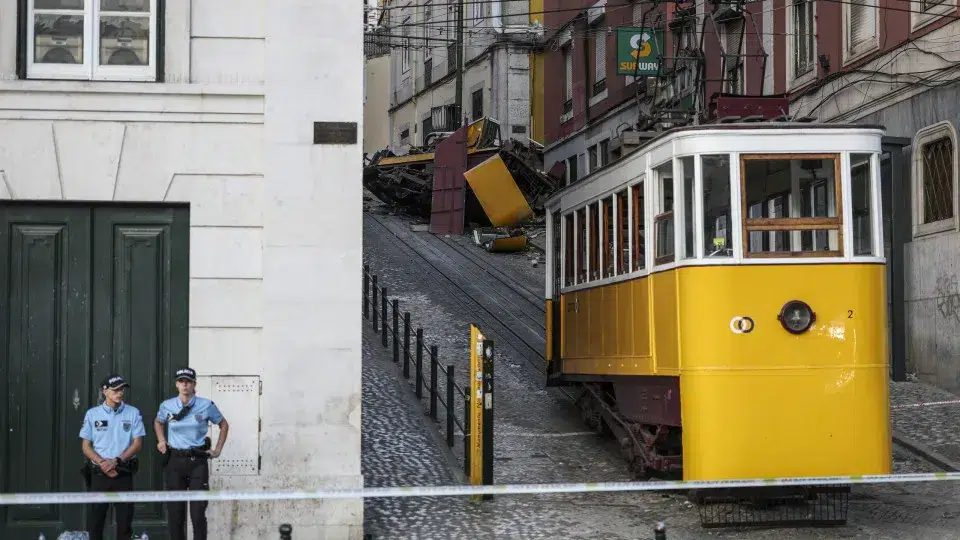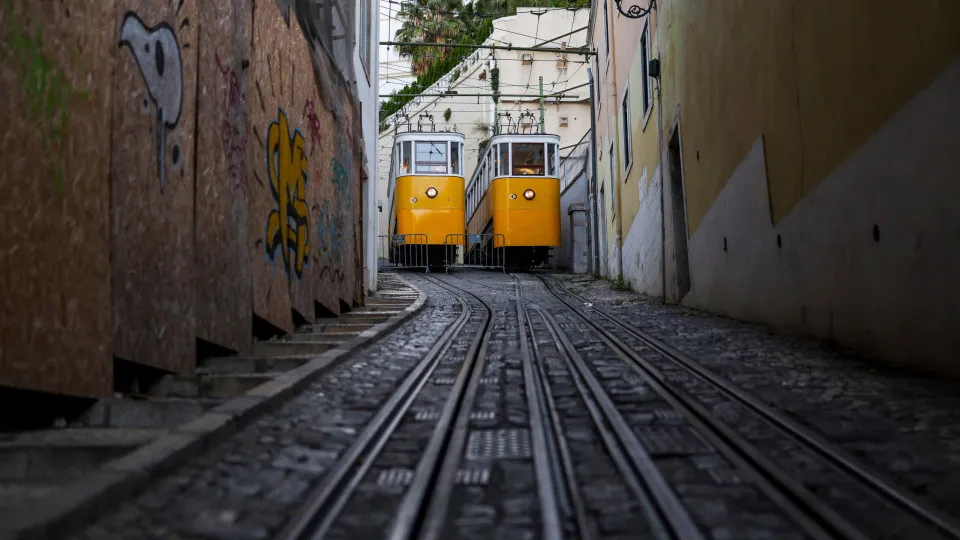The Aircraft and Railway Accident Prevention and Investigation Department (GPIAAF) released a preliminary report this Saturday on the Elevator da Glória accident, which occurred last Wednesday, September 3, resulting in 16 deaths and 22 injuries. What does the informative note state?
The document confirms that “the cable connecting the two cabins” of the Elevator da Glória “gave way at its attachment point inside the frame of cabin no. 1” – which commenced its journey at the top of Calçada da Glória, following “a study of the wreckage on site”.
“The remaining cable, the inversion wheel, and the pulleys where it travels were lubricated and showed no apparent anomalies. The cable on the upper frame of cabin no. 2 also showed no apparent anomalies“, it reads.
The report also mentions that “the cable used consists of six strands of 36 steel wires with a fiber core, with a nominal total diameter of 32 millimeters (mm) and a breaking load of approximately 68 tons, with this type of cable being used in this funicular for about six years”.
The cable, it should be noted, has “a lifespan of 600 days” and had been “installed for 337 days“, and therefore still “had a lifespan of 263 days before replacement“.
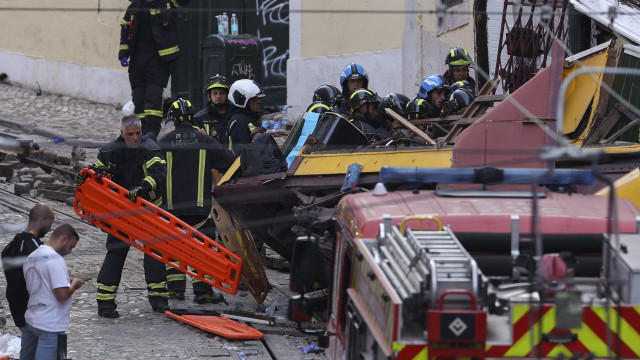
The cable connecting the two cabins of the Elevator da Glória “gave way at its attachment point” of the derailed carriage, revealed today by the Aircraft and Railway Accident Prevention and Investigation Department (GPIAAF).
Lusa | 20:04 – 06/09/2025
And the maintenance plan? “It was up to date”
Regarding the Elevator da Glória maintenance plan, it is stated that “it was up to date” and that a “scheduled visual inspection” took place that morning, without detecting “any anomalies in the cable or braking systems of the vehicles”.
“The funicular is subject to a maintenance plan to be fulfilled by the service provider, which includes various levels of intervention with differing periodicities, according to the scope and extensions of the interventions,” it states.
The GPIAAF further explains that “evidence confirms that the existing emergency system at the inversion wheel located at the top of Calçada da Glória, in case of loss of power in the cable, would cut off power to the cabins, functioned as planned, resulting in the immediate and automatic application of the pneumatic brake in each one“.
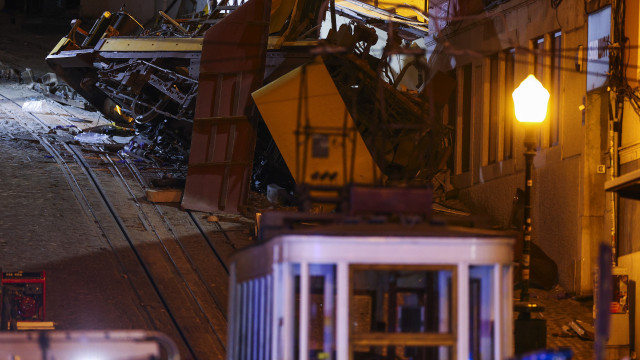
The maintenance plan of the Elevator da Glória, in Lisbon, “was up to date” and a scheduled visual inspection was conducted on the morning of the accident, which detected no anomalies in the cable or the braking systems of both carriages.
Lusa | 20:08 – 06/09/2025
Impact occurred at “a speed of around 60 km/h”
The same report estimates that the impact of the Elevator da Glória carriage in Lisbon against a building occurred at “a speed of around 60” kilometers per hour and that the entire event “took place in under 50 seconds”.
The department details that “around 6:03 PM, after standard coordination procedures between the respective brakemen, the cabins began their journey”. After initiating the movement and “when they hadn’t traveled more than about six meters, the cabins suddenly lost the balance guaranteed by the connecting cable”.
“Cabin no. 2 moved backward sharply, its movement being halted about 10 meters later by its partial exit beyond the end of the railway track and embedding of the lower side of the frame at the cable trench’s end,” it reveals.
Meanwhile, “cabin no. 1, at the top of Calçada da Glória, continued its descent, increasing speed. Immediately, the vehicle’s brakeman engaged the pneumatic brake as well as the manual brake in an attempt to halt the movement. These actions had no effect in stopping or reducing the vehicle’s speed, and the cabin continued to accelerate down the slope,” the investigation reveals.
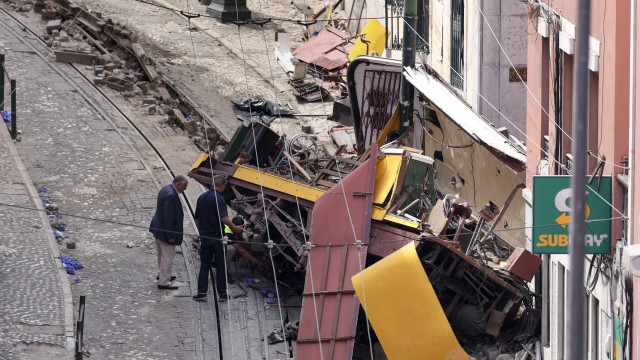
The brakeman of the derailed elevator engaged the automatic and manual brakes to try to stop the descending movement, but these actions were ineffective, and the carriage continued to accelerate until it derailed 170 meters later.
Lusa | 20:08 – 06/09/2025
It should be noted that the derailing of the Elevator da Glória occurred last Wednesday, September 3. The accident caused 16 deaths and 22 injuries.
The nationalities of the deceased victims have already been disclosed, with five being Portuguese.
It is important to note that the Elevator da Glória is managed by Carris, connecting Restauradores to Jardim de São Pedro de Alcântara in Bairro Alto, over a 276-meter journey and is widely sought by tourists.
The Elevator da Glória, classified as a national monument, in its current typology and configuration, dates back to 1914, although it has undergone various conservation and improvement interventions over these 111 years, in addition to the periodic maintenance defined for each moment.

